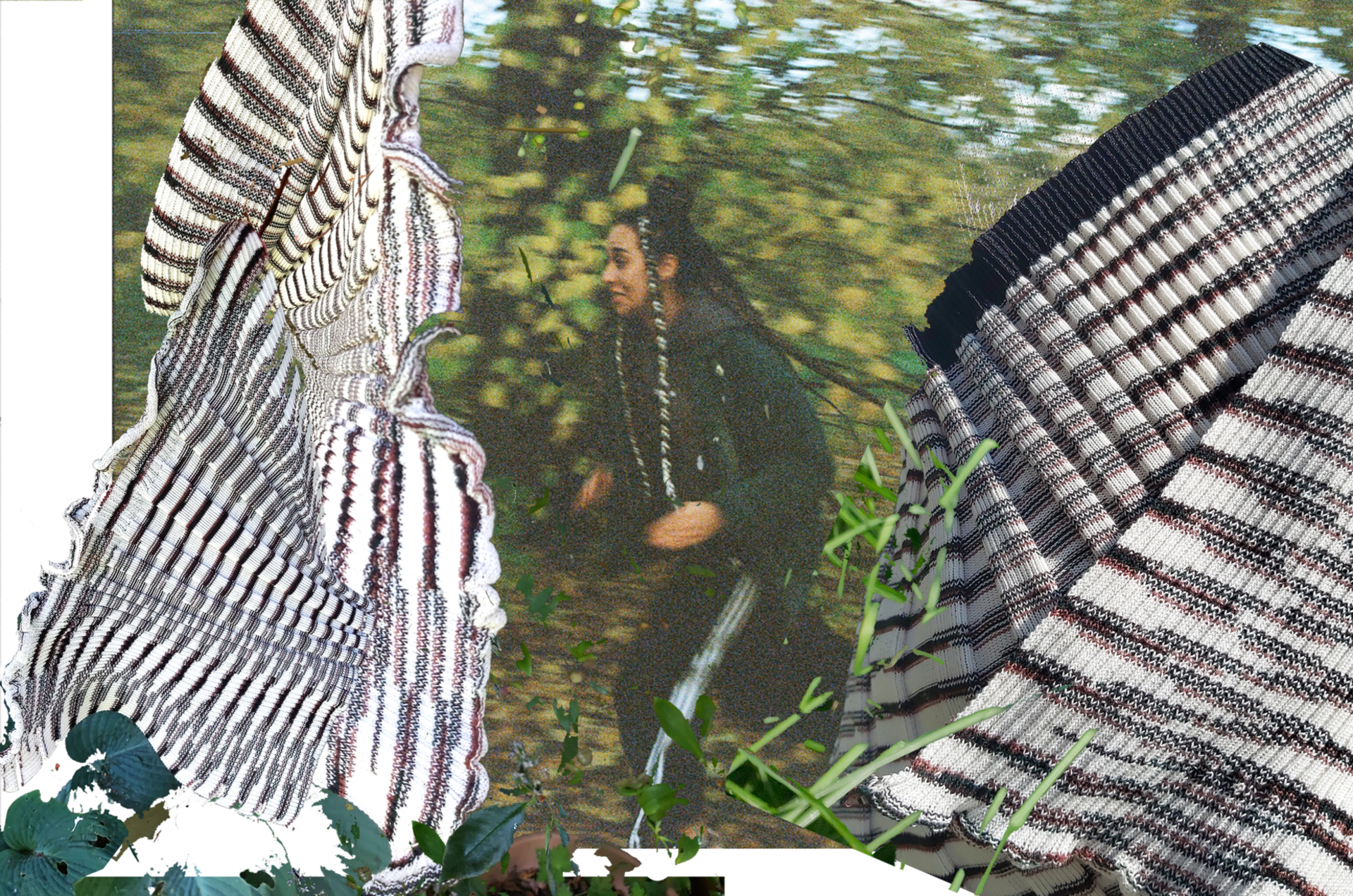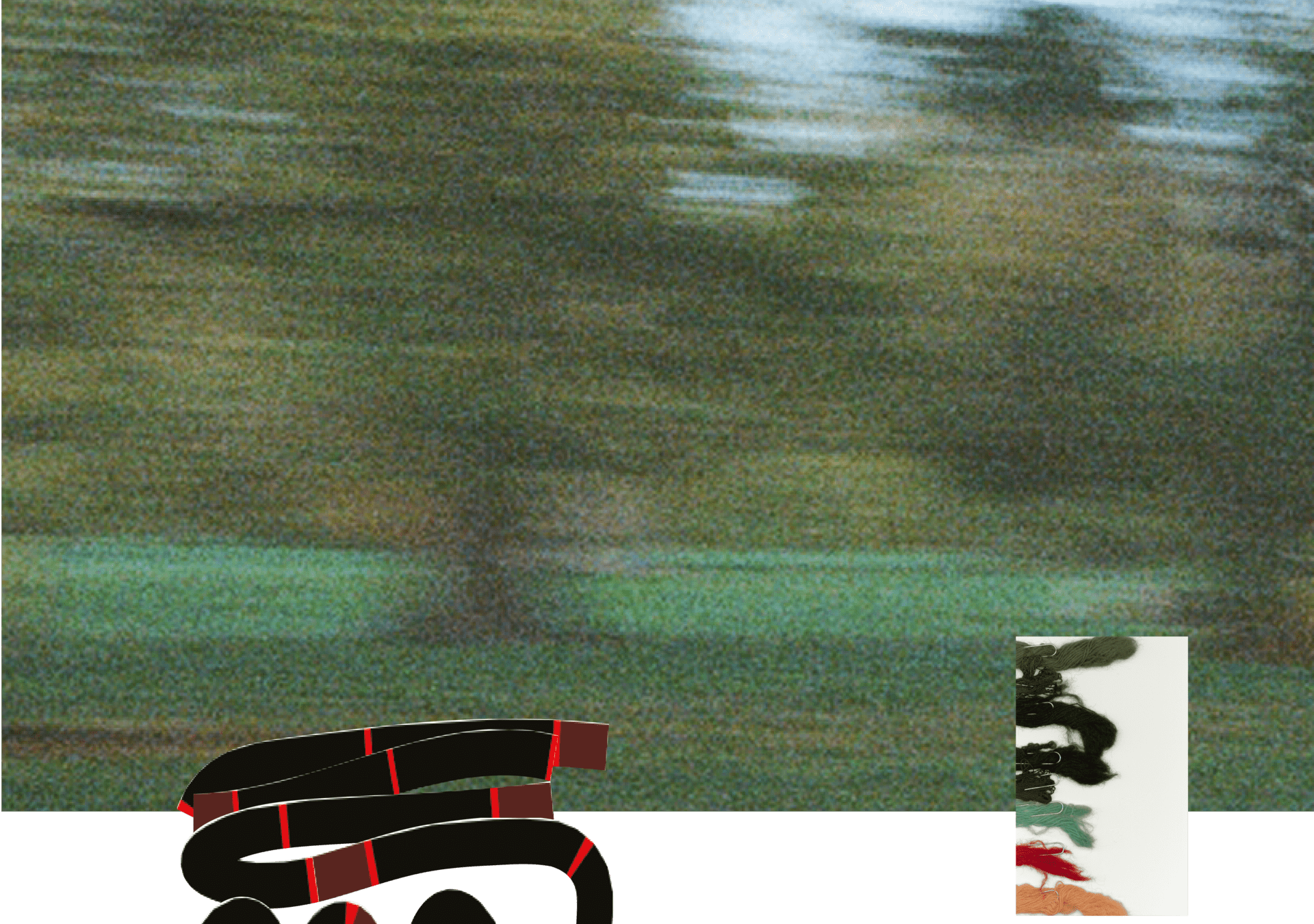Caitlin Maxwell Hughan is a designer working to develop ‘farm to fibre’ relationships between agriculture, manufacturers and designers. With a background in knit, Caitlin is particularly interested in using colour and fibre to make yarns for the performance industry.
Sponsored by Shi-Kwan and The Coats Foundation Trust







